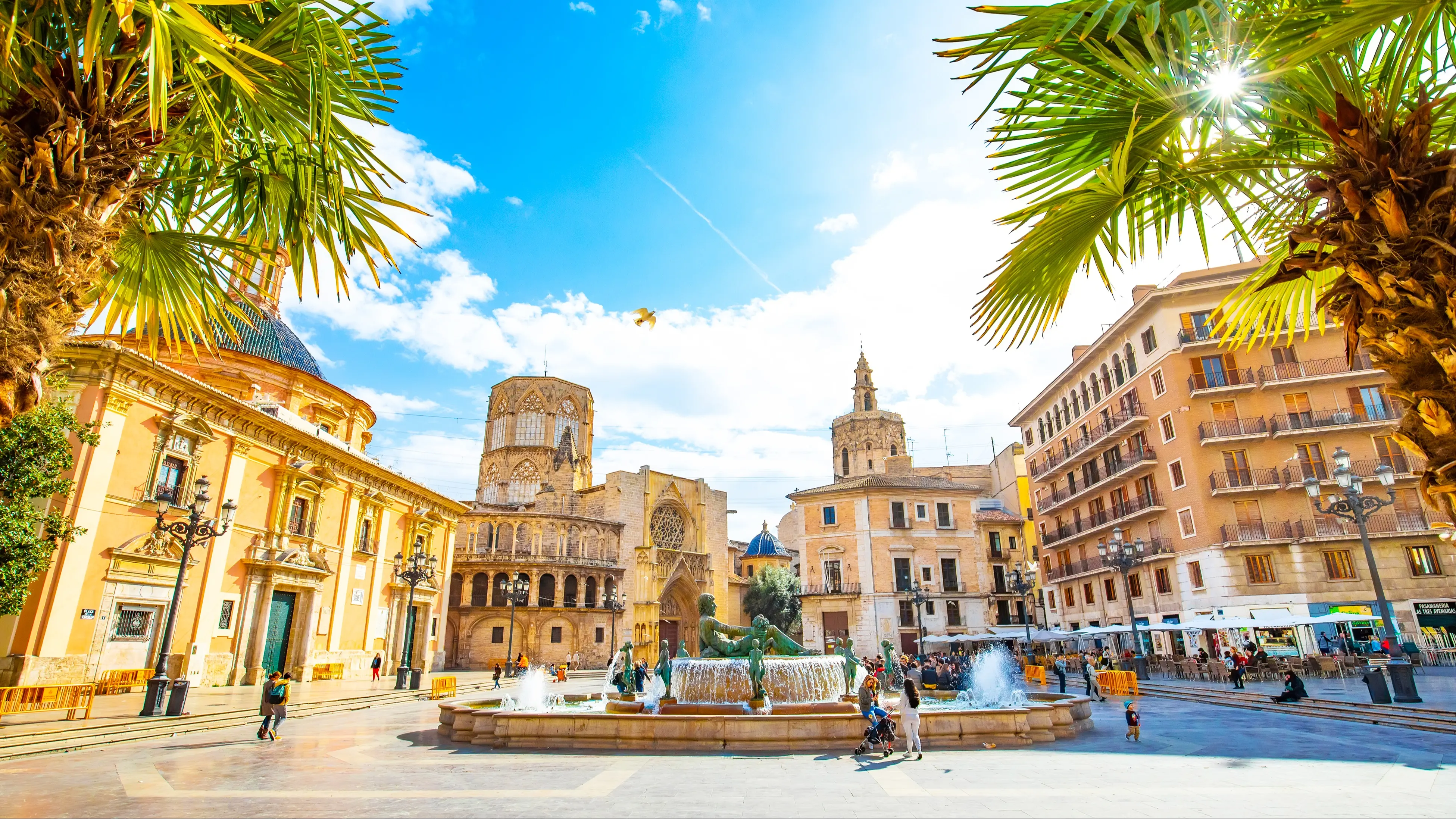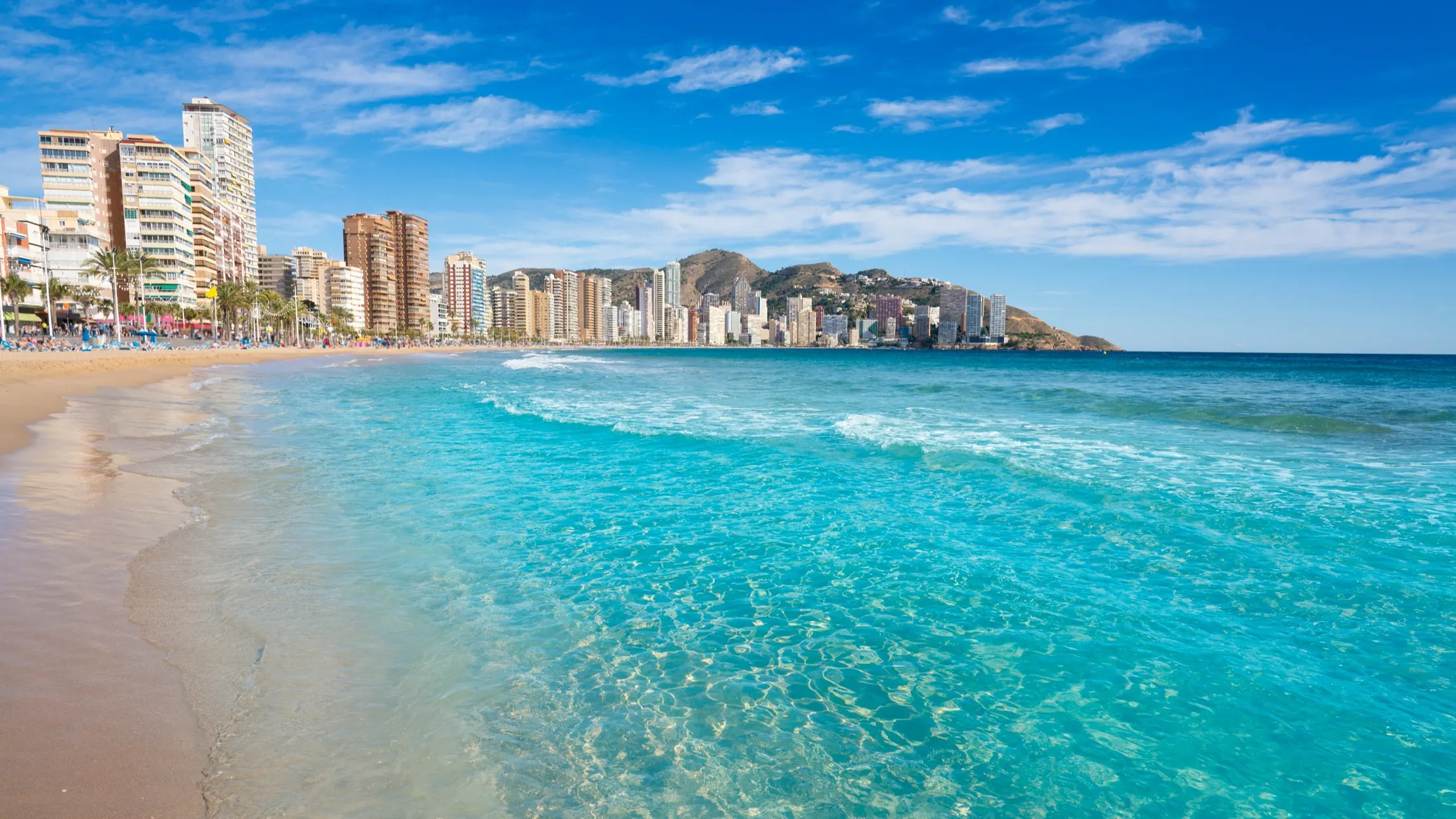Climate in Spain
7 min readBy Sally Pederson
If you’re considering living or retiring in Spain, it’s important to understand the country’s climate and weather patterns. Spain’s climate is incredibly diverse, ranging from hot and sunny in the south, to cooler, wetter conditions in the north and even snow in some regions.
Let’s explore the different climates and weather patterns you can expect to encounter in Spain so that you can make informed decisions about where to live, when to visit, and what type of clothing and gear to bring. So, settle in and get ready to discover the weather wonders of Spain!
Learn more about Spain and other countries in our free daily postcard e-letter. Simply enter your email address below and we’ll also send you a FREE REPORT — Live the Good Life in Sunny, Affordable Spain.
By submitting your email address, you will receive a free subscription to IL Postcards and special offers from International Living and our affiliates. You can unsubscribe at any time, and we encourage you to read more about our Privacy Policy.

©iStock/arcady_31
Spain’s diversity in climates and weather patterns are determined largely by its unique geographical position and varied landscape.
In the north, you’ll find a maritime climate with mild temperatures, high humidity, and frequent rainfall. This makes it a great place to live if you enjoy cooler temperatures, and don’t mind the occasional rain shower.
Moving south, the climate becomes much more arid, with hot, dry summers and mild winters. This is particularly true for destinations in Andalusia (the most southerly region in Spain). Andalusian cities, such as Seville and Marbella, can see temperatures regularly climb above 100 F.
If you’re looking for a more temperate climate, cities in the central plateau of Spain are good options, such as Madrid and Toledo. Featuring cold winters and hot, dry summers, without the extremes of the south.
Spain’s Mediterranean coast is another popular destination for expats, with a warm and sunny climate that makes it an attractive place to live year-round. The coastal areas are known for their mild winters and hot summers, while the interior regions can be slightly cooler.

©iStock/MEDITERRANEAN
If you’re considering living in Spain, it’s essential to understand the temperatures you can expect throughout the year. Because Spain’s climates vary so much, it’s important to have an idea of the average temperatures in Spain throughout the year, along with the range of temperatures you can expect in different regions.
Spain generally experiences hot, dry summers and mild winters, although the exact temperatures can vary quite a bit depending on where you are in the country. In the south, particularly in Andalusia, summer temperatures can regularly hit 104 F, while in the north, temperatures can be much milder and more temperate.
In terms of specific locations, Barcelona is known for its mild winters and warm summers, with average temperatures ranging from 50 F in January to 77 F in August. Just north of Barcelona and moving inland, it’s not uncommon to get some snow in the winter months. Madrid, by contrast, experiences colder winters, with average temperatures in January hovering around 43 F, but warms up significantly in the summer, with average temperatures of around 90 F in August.
On the Mediterranean coast, cities like Valencia and Malaga experience mild winters, with average temperatures in January hovering around 59 F, but can get quite hot in the summer, with temperatures regularly hitting the mid to high 90s F.
Overall, no matter where you live in Spain, you’ll find a climate that suits your preferences. Whether you love hot summers and cool winters or prefer a more temperate climate, Spain offers a range of options to make you feel right at home.
Despite the country’s sun-soaked reputation, some parts of the country do experience significant rainfall, particularly during the winter months. Below is the average rainfall in Spain and the rainy seasons in different regions, as well as a general overview of the rainfall patterns in popular destinations for expats.
Spain has an average rainfall of around 650mm (25.6 inches) per year, although this can vary quite a bit depending on where you are in the country. The north of Spain experiences the most rainfall, with some areas receiving over 2,000mm (79 inches) per year, particularly along the Atlantic coast. By contrast, the south of Spain, particularly in Andalusia, can be much drier, with less than 300mm (12 inches) per year in some areas.
The rainy season in Spain typically runs from October to March, with the heaviest rainfall occurring in November and December. The rainy season can last longer in the country’s north, with rainfall occurring throughout the year.
In popular expat destinations, the rainfall patterns can vary quite a bit. For example, Barcelona experiences the most rainfall in September and October, while Madrid sees the most rain in May and October. Along the Mediterranean coast, cities like Valencia and Malaga see the most rainfall in November and December, while the Canary Islands experience a subtropical climate that is warm and dry throughout the year.
Hurricanes and Natural Disasters
While Spain is not generally known for natural disasters like hurricanes, some risks remain. For example, the country has experienced earthquakes and flooding in the past, particularly in the southern region of Andalusia. While these events are relatively rare, it’s still important to be aware of their potential impact on the country.
In recent years, Spain has experienced extreme weather events, such as heavy rainfall and strong winds associated with tropical storms that can cause significant damage to buildings and infrastructure, particularly along the coast. There have also been regions experiencing severe drought.
While the risk of natural disasters in Spain is relatively low, it’s still important to be prepared. This means having an emergency plan, stocking up on supplies like food and water, and listening to local weather and emergency alerts in case of extreme weather events.

©iStock/WillSelarep
If you plan to live in Spain, chances are you’re looking forward to enjoying all the great outdoor activities this country offers. Whether you love hiking through stunning mountain ranges, rafting down the rivers, or lounging on beautiful beaches, Spain has something for everyone.
First and foremost, Spain is known for its beautiful beaches, and for good reason. From the Costa del Sol to the Canary Islands, Spain’s coastline offers endless opportunities for swimming, sunbathing, and water sports. The best time for beach activities is during the summer when temperatures are hot, and the water is warm. That being said, even during winter, many of Spain’s southern beaches offer mild temperatures perfect for walking along the shore.
Spain also has incredible hiking trails, particularly in the Pyrenees and Sierra Nevada mountains. The best time for hiking is spring and fall when temperatures are mild, and the wildflowers are in bloom. During the summer, hiking can be quite strenuous due to the heat, so it’s essential to bring plenty of water and wear appropriate clothing.
Other popular outdoor activities in Spain include cycling, horseback riding, and golfing. The availability of these activities depends mainly on the weather. Cycling, for example, is popular year-round, but planning rides for early morning or late afternoon during the summer months is crucial to avoid the midday heat.
Clothing and Gear
If you’re living in Spain, it’s worth knowing how to dress appropriately for the various climates. Let’s detail the appropriate clothing and gear for different weather patterns in Spain and offer some tips for dressing appropriately.
In the summer months, particularly in Andalusia and on the Mediterranean coast, wearing light, breathable clothing is essential to keep you cool. Loose-fitting cotton or linen shirts, shorts, and sandals are perfect for staying comfortable in the heat. It’s also important to wear a hat and sunglasses to protect yourself from the sun’s harmful rays.
In the winter months, particularly in the north of Spain, you’ll probably want to dress in layers. A waterproof jacket is also a good idea, particularly if you’ll likely encounter rainfall. Waterproof boots with a good grip are essential for staying safe on slippery surfaces.
The weather can be unpredictable during the fall and spring, so dressing in layers is still a good idea. Start with a light shirt or blouse, and add a sweater or light jacket. It’s important to have waterproof shoes or boots on hand, particularly if you plan to spend time outdoors.
Regarding gear, having a good quality umbrella or raincoat on hand is always a good idea, as rainfall can occur year-round in some parts of the country. Sunscreen and insect repellant are also essential, particularly during the summer when you’re likely to spend more time outdoors.
Living in Spain offers a range of climates to enjoy, from mild temperatures in the north to warmer weather in the south. Knowing the appropriate clothing and gear for the prevailing weather conditions is crucial whether you’re hitting the beaches or hiking the trails. To enjoy Spain’s great outdoors, pack light, breathable clothing that will keep you cool in the hot summer months and thermal underwear during the colder winter months. Being aware of the rainy season is key, so pack a good quality umbrella or raincoat, and apply sunscreen and insect repellent to stay safe during your outdoor adventures. Following these tips and packing appropriately allows you to enjoy a safe, comfortable, fulfilling outdoor lifestyle in Spain.
Featured Image Copyright: iStock/Wirestock
Learn more about Spain and other countries in our free daily postcard e-letter. Simply enter your email address below and we’ll also send you a FREE REPORT — Live the Good Life in Sunny, Affordable Spain.
By submitting your email address, you will receive a free subscription to IL Postcards and special offers from International Living and our affiliates. You can unsubscribe at any time, and we encourage you to read more about our Privacy Policy.


